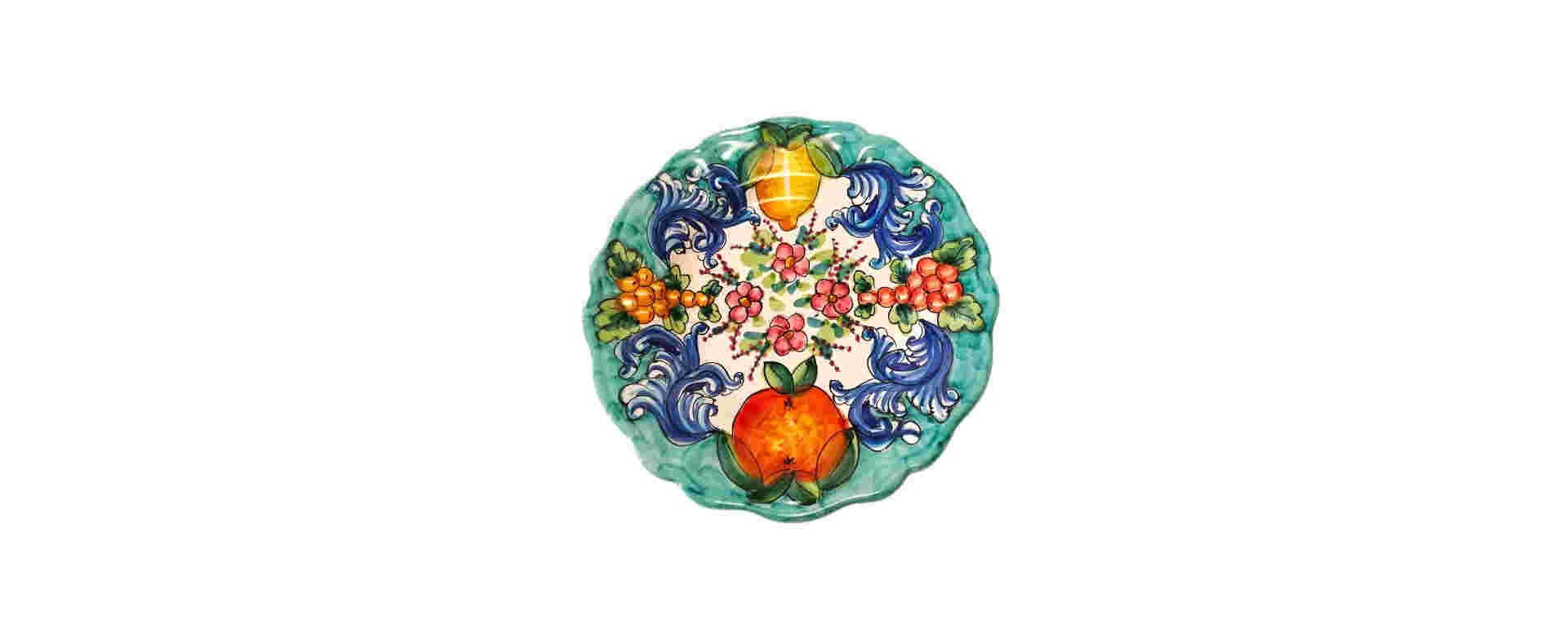How to set a Made in Italy table: tips and ideas

A beautiful cheerful and colorful table is perfect for a lunch or a summer dinner with friends. Here's how to set a perfect and sophisticated Made in Italy table Summer is the most suitable time of year to show off your Italian ceramics and set colorful and cheerful tables in full Italian style. With beautiful and colorful dishes, even the food will seem better and your guests will be delighted that it is a simple breakfast in the garden or a light lunch on the terrace. Here are the rules for setting a Made in Italy table to eat first with the eyes and with the mouth.
What should never be missing on a Made in Italy table
If traveling in Italy you have bought items of local craftsmanship, such as the beautiful Amalfi ceramics, the right time has come to show them off and bring the sun to your table. Any course will seem sought after if presented on a precious plate, and a table pleasing to the eye will help you and your guests to let themselves go in pleasant conversations. A winning mise en place needs quality elements and creativity, as well as a bit of healthy etiquette. Let's see what can't be missing on an all-Italian table.
Color
What colors come to mind if you think of Italy? Surely the yellow of the sun and the lemons, the blue and the blue of the sky and the sea and the sandy color of the most beautiful beaches in the world. So why not bring these colors to your table too?
A balanced tablecloth
The choice of the tablecloth depends on both the personal taste and the dishes you will use on the table. The important thing is that the result is balanced and consistent. If you have very colorful dishes, it's always good to choose a completely white tablecloth so as not to weigh it down too much, but even modern runners or placemats in neutral colors are perfect.
Italian ceramic plates
Hemingway had noticed that setting the table with plates of different colors could stimulate better communication between his guests. Today, the polychromy at the table is coming back into fashion, and the super colorful Italian ceramics lend themselves very well to accompany this trend.
It is a winning choice, in fact, to combine a colorful and hand-decorated plate depicting cheerful lemons, with a neutral-colored placemat or a plain color that recalls one of the details of the other dish. The combinations are endless, you just need to be guided by taste. It is important to find harmony between the various elements of the table, being careful not to use more than three different colors.
Don't forget, moreover, that in the Mediterranean diet bread is very important and to the left of the serving plate, in front of the forks, the saucer of bread must be placed.
The cutlery is set correctly
The etiquette wants the cutlery to be positioned in a precise manner. The knives always go to the right of the plate, with the blade facing strictly inwards. The normal knife is the one that should be placed first, then the one for the fish follows. Next to the knives is the soup spoon. To the left of the plate, instead, the forks are to be placed, first the normal one, then the fish one, always with the tips pointing upwards. If there was also a dessert, the dessert cutlery should be placed above the plate, in a horizontal position, the fork with the handle facing left, the spoon with the handle to the right.
The napkins
The napkins must be strictly made of fabric, for a perfect made in Italy table, and must be placed on the left of the plate or in the plate, never under the cutlery.
Glasses or goblets
If the dishes are very colorful and important, it is advisable to use clear glasses. The glasses must be positioned to the right of the plate, in front of the knives, and must be at least two or three. One bigger for water, one for red wine and a smaller one for white wine.
Cheerful centerpieces
The decorations that make Italian ceramics famous all over the world are mostly lemons. So why not call this item with the centerpiece? Create cheerful ones using natural elements such as lemons and twigs that recall the colors of the Mediterranean.